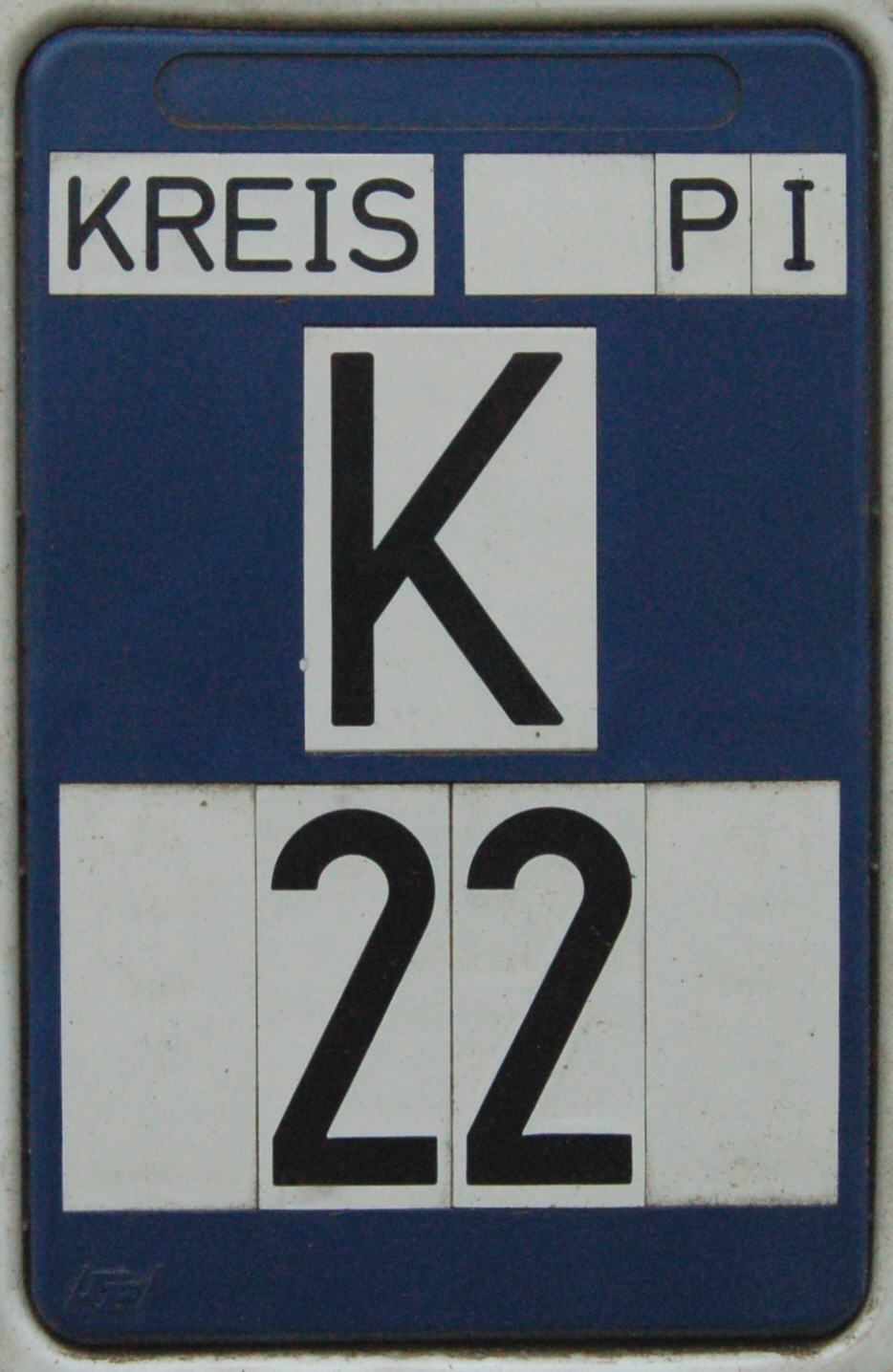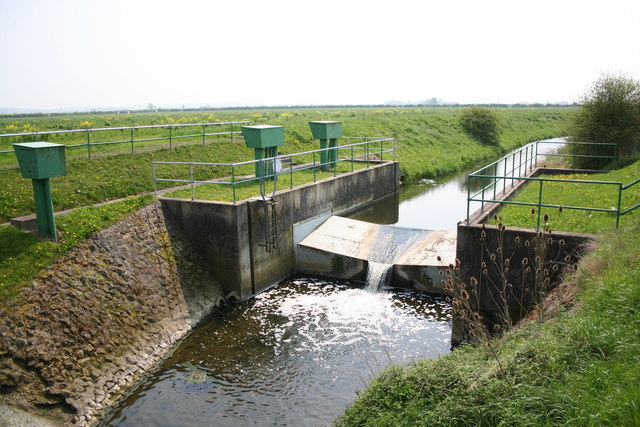|
Reiningen
Reddingen is a village in the municipality of Wietzendorf in Soltau-Fallingbostel district, Lower Saxony, Germany. The village, even with its associated hamlets of Reiningen and Halmern, only has 100 inhabitants. Formerly an independent municipality, it is part of Wietzendorf since 1974. Location Reddingen lies on the Lüneburg Heath. The Wietze river flows through the settlement of Reiningen. The Munster South Training Area begins immediately north of the three villages and is closed to the public. Transport The K 11 and K 38 district roads meet in the village. The VNN's bus line no. 352 runs through the villages. By the Wietze in Reiningen is a water gauge and a hydrometric gauging station belonging to the NLWKN The Lower Saxon Department for Water, Coastal and Nature Conservation (german: Niedersächsischer Landesbetrieb für Wasserwirtschaft, Küsten- und Naturschutz) or NLWKN is a department of the state of Lower Saxony, with its headquarters in Norden ... for ... [...More Info...] [...Related Items...] OR: [Wikipedia] [Google] [Baidu] |
Wietze (Örtze)
Wietze is a river in the South Lüneburg Heath, in Lower Saxony, Germany, long, a tributary of the Örtze. The Wietze rises east of the Soltau suburb of and flows from there in a southerly direction to Wietzendorf. Here it is joined by its largest tributary, the Aue. The Aue has two source streams: the Hötzinger Aue, which rises north of Stübeckshorn (a district of Soltau), 98 m above sea level and the Alvernsche Aue, that has its source northwest of Alvern (a district of Munster), 86 m above sea level. Beyond Wietzendorf the Wietze swings east, passes the village of Reddingen Reddingen is a village in the municipality of Wietzendorf in Soltau-Fallingbostel district, Lower Saxony, Germany. The village, even with its associated hamlets of Reiningen and Halmern, only has 100 inhabitants. Formerly an independent municipali ... and flows through its attached hamlets of Halmern and Reiningen and past the Winterhoff farm. It then turns again towards the south and discharges in ... [...More Info...] [...Related Items...] OR: [Wikipedia] [Google] [Baidu] |
Munster Training Area
Munster Training Area (German: ''Truppenübungsplatz Munster'') is a military training area in Germany on the Lüneburg Heath. It comprises two separate areas with different purposes: Munster North (''Munster-Nord'') (size: ) and Munster South (''Munster-Süd'') (size: ). The two areas are separated geographically by the town of Munster and several barracks. When the military training area was established a camp or ''Lager'' was built about from the town centre which became known as Munsterlager. Between Munster North and South there is a road corridor to the nearby training area of Bergen-Hohne over which exercising troops can transfer from one area to the other. There are many rare and endangered plant species on this terrain today that thrive in the environment created by the training area. Munster South Training Area In 1891 the Prussian Ministry of War began to buy up areas of heath and marsh between Munster, Reiningen and Wietzendorf and to lay out a military train ... [...More Info...] [...Related Items...] OR: [Wikipedia] [Google] [Baidu] |
Wietzendorf
Wietzendorf ( Eastphalian: ''Witzendörp'') is a municipality in the district of Heidekreis, in Lower Saxony, Germany. It is situated approximately 14 km southeast of Soltau, and 50 km southwest of Lüneburg. The population as of 31 December 2012 is 4,071 people. World War II During World War II, a camp for prisoners of war (''Kriegsgefangenenlager''), including a section for officers (''Oflag 83''), was located near Wietzendorf. The camp was initially used for Soviet prisoners from the Eastern Front; later it was partially evacuated because of the poor sanitary conditions and used to house other prisoners, including many Italian war prisoners (''Italienische Militaerinternierte'') which Nazi Germany considered to have lost their military status, as they had declined to follow Mussolini's orders after the armistice between Italy and the Allies. Among the Italian prisoners was Giovannino Guareschi, who would later become world-renowned as the author of Don Camillo and ... [...More Info...] [...Related Items...] OR: [Wikipedia] [Google] [Baidu] |
Soltau-Fallingbostel District
Heidekreis ("Heath district") is a district (''Landkreis'') in Lower Saxony, Germany. It is bounded by (from the north and clockwise) the districts of Harburg, Lüneburg, Uelzen, Celle, Hanover, Nienburg, Verden and Rotenburg. History Historically the region belonged to the Duchy of Brunswick-Lüneburg and its successor states. The district was established in 1977 by merging the former districts of Soltau and Fallingbostel as Soltau-Fallingbostel (). On 1 August 2011 it was renamed to Heidekreis. Geography The district includes the western half of the Lüneburg Heath (''Lüneburger Heide''). Since this landscape is so characteristic for the district, it calls itself "the Heath District". The capital is Bad Fallingbostel, although it has only 11,800 inhabitants and is only the fifth largest town in the district. Coat of arms The coat of arms displays: * in the upper half the heraldic lion of the Duchy of Brunswick-Lüneburg * in the lower half a megalithic grave Towns and m ... [...More Info...] [...Related Items...] OR: [Wikipedia] [Google] [Baidu] |
Lower Saxony
Lower Saxony (german: Niedersachsen ; nds, Neddersassen; stq, Läichsaksen) is a German state (') in northwestern Germany. It is the second-largest state by land area, with , and fourth-largest in population (8 million in 2021) among the 16 ' federated as the Federal Republic of Germany. In rural areas, Northern Low Saxon and Saterland Frisian are still spoken, albeit in declining numbers. Lower Saxony borders on (from north and clockwise) the North Sea, the states of Schleswig-Holstein, Hamburg, , Brandenburg, Saxony-Anhalt, Thuringia, Hesse and North Rhine-Westphalia, and the Netherlands. Furthermore, the state of Bremen forms two enclaves within Lower Saxony, one being the city of Bremen, the other its seaport, Bremerhaven (which is a semi-enclave, as it has a coastline). Lower Saxony thus borders more neighbours than any other single '. The state's largest cities are state capital Hanover, Braunschweig (Brunswick), Lüneburg, Osnabrück, Oldenburg, Hildesheim, Salzgitt ... [...More Info...] [...Related Items...] OR: [Wikipedia] [Google] [Baidu] |
Lüneburg Heath
Lüneburg Heath (german: Lüneburger Heide) is a large area of heath, geest, and woodland in the northeastern part of the state of Lower Saxony in northern Germany. It forms part of the hinterland for the cities of Hamburg, Hanover and Bremen and is named after the town of Lüneburg. Most of the area is a nature reserve. Northern Low Saxon is still widely spoken in the region. Lüneburg Heath has extensive areas, and the most yellow of heathland, typical of those that covered most of the North German countryside until about 1800, but which have almost completely disappeared in other areas. The heaths were formed after the Neolithic period by overgrazing of the once widespread forests on the poor sandy soils of the geest, as this slightly hilly and sandy terrain in northern Europe is called. Lüneburg Heath is therefore a historic cultural landscape. The remaining areas of heath are kept clear mainly through grazing, especially by a North German breed of moorland sheep called th ... [...More Info...] [...Related Items...] OR: [Wikipedia] [Google] [Baidu] |
Kreisstraße
A Kreisstraße (literally: "district road" or "county road") is a class of road in Germany. It carries traffic between the towns and villages within a '' Kreis'' or district or between two neighbouring districts. In importance, the ''Kreisstraße'' ranks below a ''Landesstraße'' (or, in Bavaria and Saxony, a ''Staatstraße'', i.e. a state road), but above a ''Gemeindestraße'' or "local road". ''Kreisstraßen'' are usually the responsibility of the respective rural district (''Landkreis'') or urban district (''Kreisfreie Stadt''), with the exception of high streets through larger towns and villages. Kreisstraßen are usually dual-lane roads but, in a few cases, can be built as limited-access dual carriageways in densely populated areas. Numbering Unlike local roads (''Gemeindestraßen'') the ''Kreisstraßen'' are invariably numbered, but their numbering is not shown on signs. The abbreviation is a prefixed capital letter K followed by a serial number. In most states the car n ... [...More Info...] [...Related Items...] OR: [Wikipedia] [Google] [Baidu] |
Hydrometry
Hydrometry is the monitoring of the components of the hydrological cycle including rainfall, groundwater characteristics, as well as water quality and flow characteristics of surface waters. The etymology of the term ''hydrometry'' is from el, ὕδωρ () 'water' + () 'measure'. Hydrometrics is a topic in applied science and engineering dealing with Hydrometry. It is an engineering discipline encompassing several different areas. This discipline is primarily related to hydrology but specializing in the measurement of components of the hydrological cycle particularly the bulk quantification of water resources. It encompasses several areas of traditional engineering practices including hydrology, structures, control systems, computer sciences, data management and communications. The International Organization for Standardization The International Organization for Standardization (ISO ) is an international standard development organization composed of representatives from t ... [...More Info...] [...Related Items...] OR: [Wikipedia] [Google] [Baidu] |
Gauging Station
A stream gauge, streamgage or stream gauging station is a location used by hydrologists or environmental scientists to monitor and test terrestrial bodies of water. Hydrometric measurements of water level surface elevation ("stage") and/or volumetric discharge (flow) are generally taken and observations of biota and water quality may also be made. The locations of gauging stations are often found on topographical maps. Some gauging stations are highly automated and may include telemetry capability transmitted to a central data logging facility. Measurement equipment Automated direct measurement of streamflow discharge is difficult at present. In place of the direct measurement of streamflow discharge, one or more surrogate measurements can be used to produce discharge values. In the majority of cases, a stage (the elevation of the water surface) measurement is used as the surrogate. Low gradient (or shallow-sloped) streams are highly influenced by variable downstream c ... [...More Info...] [...Related Items...] OR: [Wikipedia] [Google] [Baidu] |
Niedersächsischer Landesbetrieb Für Wasserwirtschaft, Küsten- Und Naturschutz
The Lower Saxon Department for Water, Coastal and Nature Conservation (german: Niedersächsischer Landesbetrieb für Wasserwirtschaft, Küsten- und Naturschutz) or NLWKN is a department of the state of Lower Saxony, with its headquarters in Norden (Ostfriesland) and is responsible to the Minister for the Environment and Climate Protection. Other NLWKN services * national flood reporting service in the catchment areas of the Weser, Aller and Leine The Leine (; Old Saxon ''Lagina'') is a river in Thuringia and Lower Saxony, Germany. It is a left tributary of the Aller and the Weser and is long. The river's source is located close to the town of Leinefelde in Thuringia. About downriver, ... * national storm surge warning service for the Lower Saxon coast * current water level data ( gauge measurements) for the Weser and Ems External links Website: NLWKN Organisations based in Lower Saxony Hydraulic engineering Coastal engineering Nature conservation in Germany [...More Info...] [...Related Items...] OR: [Wikipedia] [Google] [Baidu] |
Treppenspeicher
A ''Treppenspeicher'' (literally "staircase store") is the German term for a granary or secondary farm building used for storage and typical of the Lüneburg Heath area in northern Germany. The upper storey of the store was usually accessed via a flight of steps on the outside of the building, usually at one of the gable ends, thus giving the building its name.''Treppenspeicher in der Lüneburger Heide'' at lueneburger-heide.de. Retrieved 03 November 2021. Description ''Treppenspeicher'' are only relatively small buildings. They are witness to the craftsmanship of carpenters in the farming community. Their solid, wooden construction ensured that the interior stayed dry and they were so tightly planked that the stored produce was protected from mice. These stores us ...[...More Info...] [...Related Items...] OR: [Wikipedia] [Google] [Baidu] |




